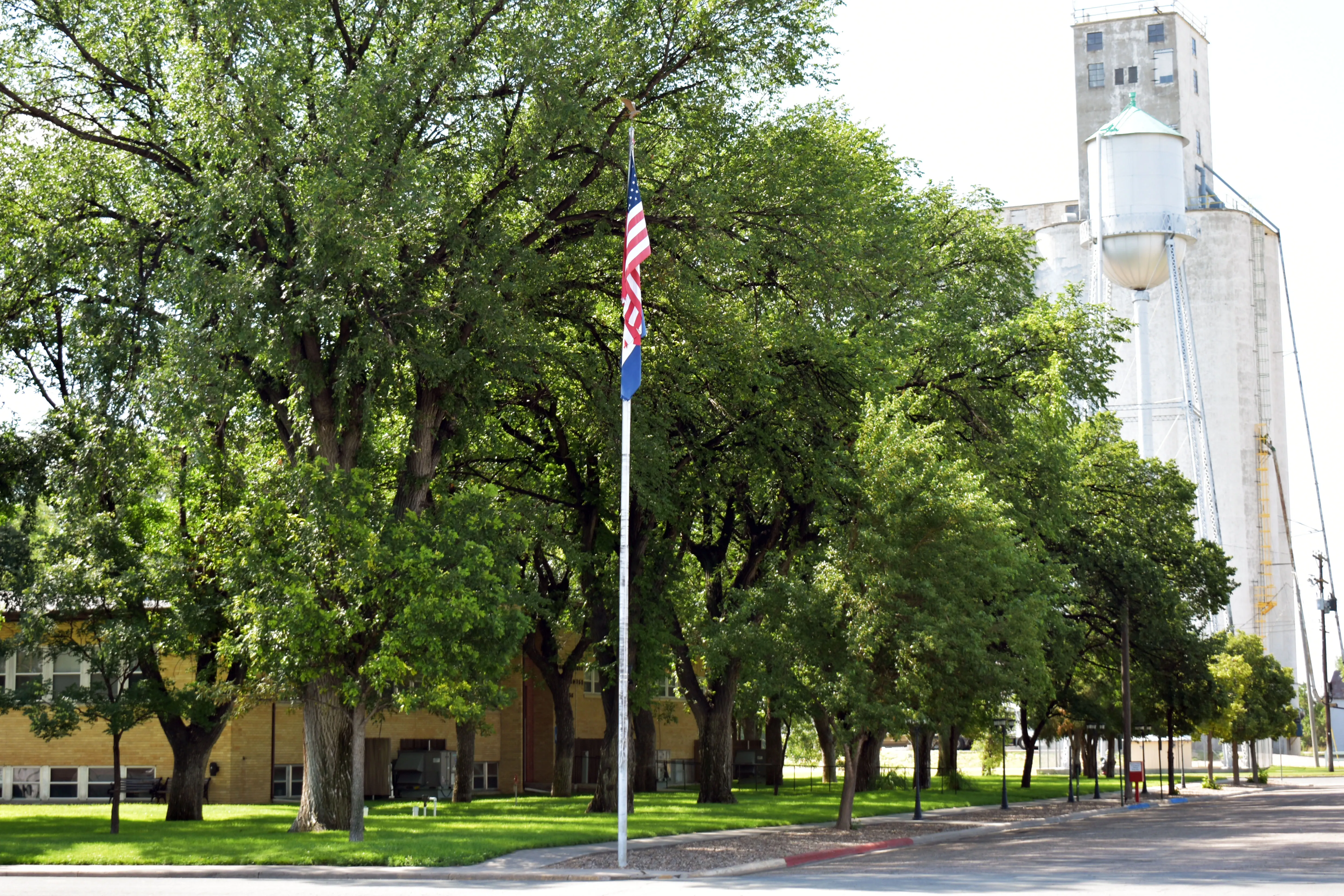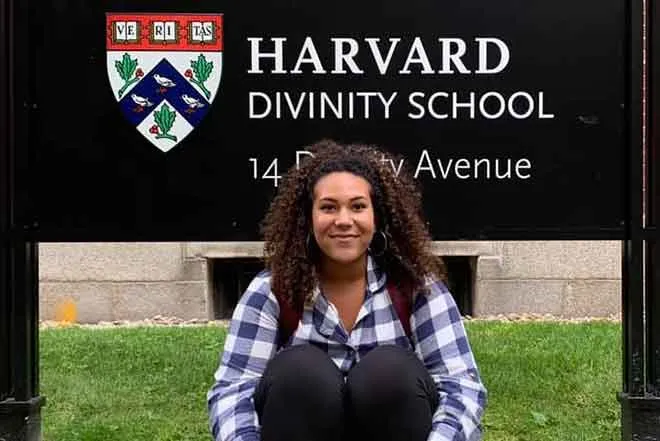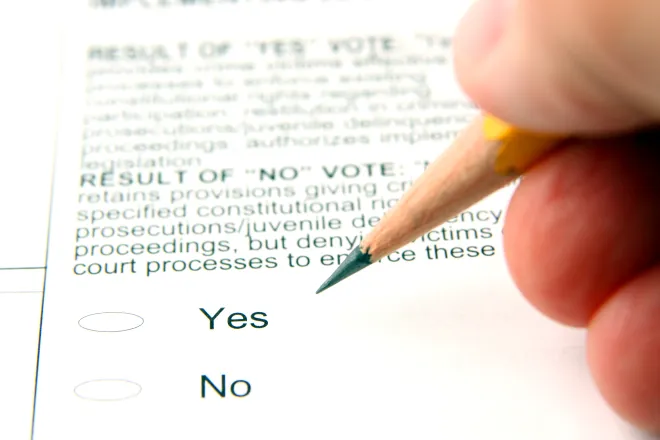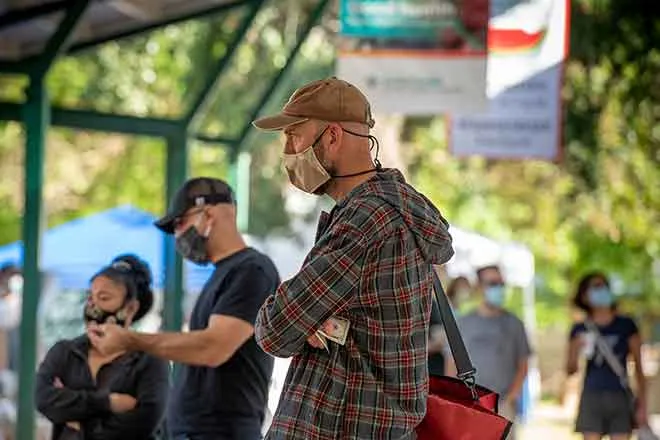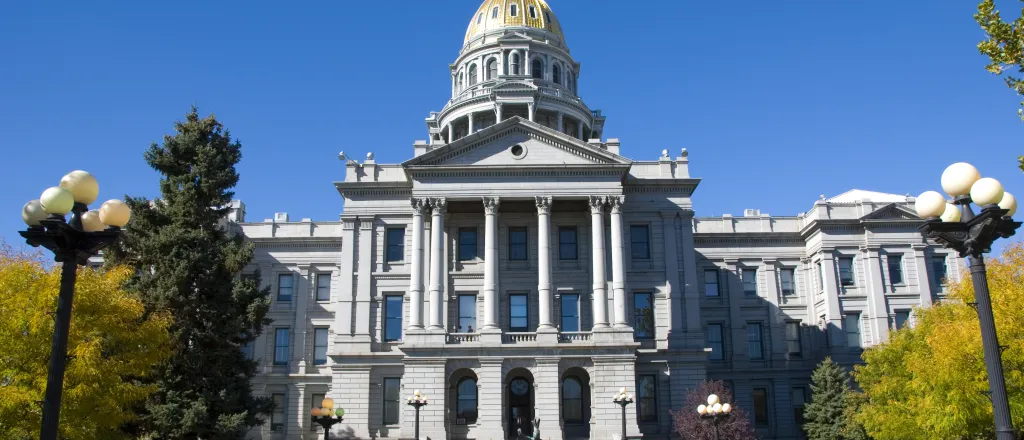
Report maps Colorado’s budgetary changes over two decades
Colorado Capitol Building Denver © iStock - kuosumo
(The Center Square) – A new report by the Common Sense Institute shows how Colorado’s budgetary spending has changed over the past two decades.
The free enterprise think tank's report analyzed the annual appropriations reports compiled by staff of the Colorado Joint Budget Committee, a bipartisan group of state lawmakers who write the state’s budget. Those reports detail the cash flows of the state’s general fund and other supplementary accounts, but does not include data from revenue transfers, which lawmakers use to move money between sub-funds.
CSI said its methodology was designed to “reflect the shifting priorities brought on as a direct result of the laws and budgets passed each legislative session.”
Colorado’s total appropriations for fiscal year 2022 are over $34.6 billion. That amounts to a per-capita appropriation of $5,196, a 57% increase from $3,307 in 2002, according to the report.
This trend falls in line with other notable increases in budgetary appropriations, which have tended to favor the Department of Health Care Policy and Financing (CHCPF) over other agencies like the Department of Education.
While Colorado’s public schools saw funding decline by 6% over two decades, CHCPF saw its share of state appropriations increase from 19% to 37%, dwarfing the increases recorded by other agencies, the report said.
Colorado's proposed 2023 budget includes a provision to allocate more than $450 million of federal funding to the state Education Department. The move will increase the state’s per-pupil funding by an estimated $526, bringing the department’s appropriations back up to 2002 levels, the think tank noted.
In fiscal year 2022, DOE and CHCPF are two of the state’s top five departments in terms of total transfers. Altogether, the top five account for 82.7% of the state’s appropriations, which also includes the Departments of Transportation, Higher Education, and Human Services.

